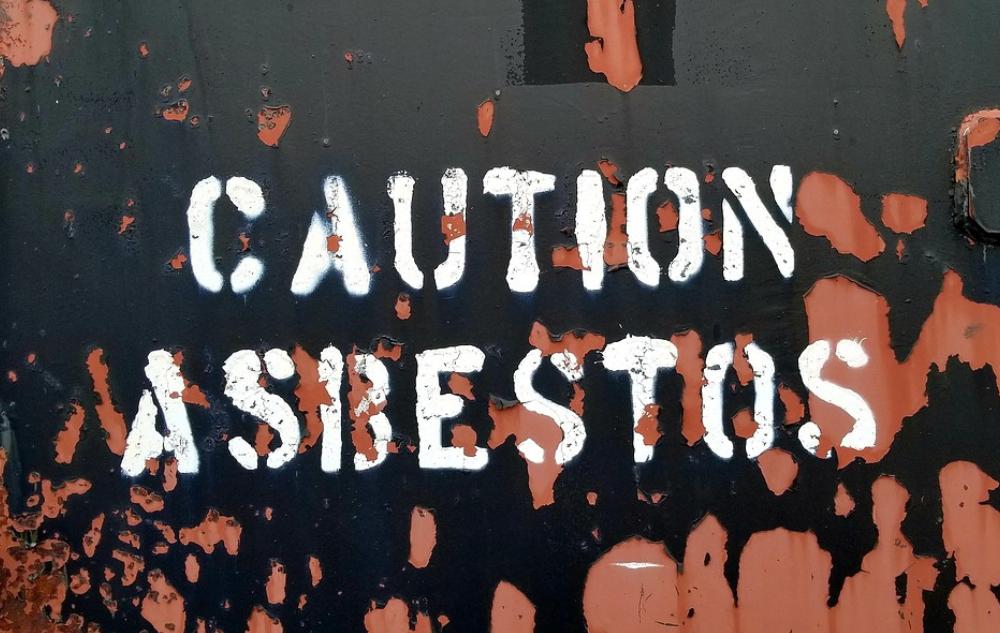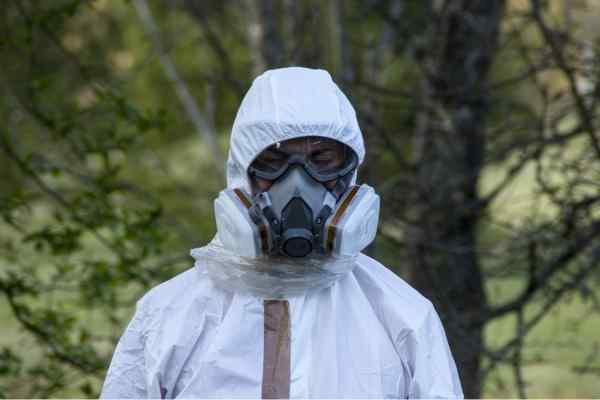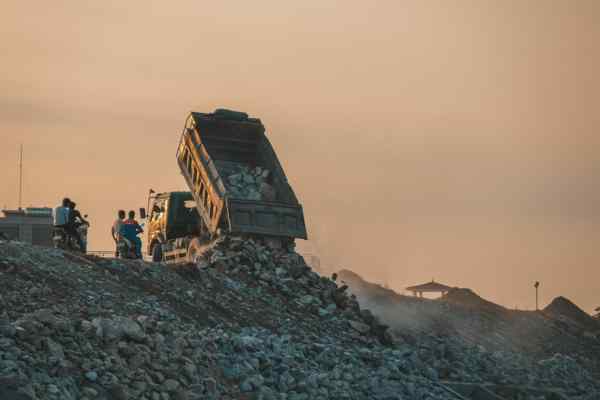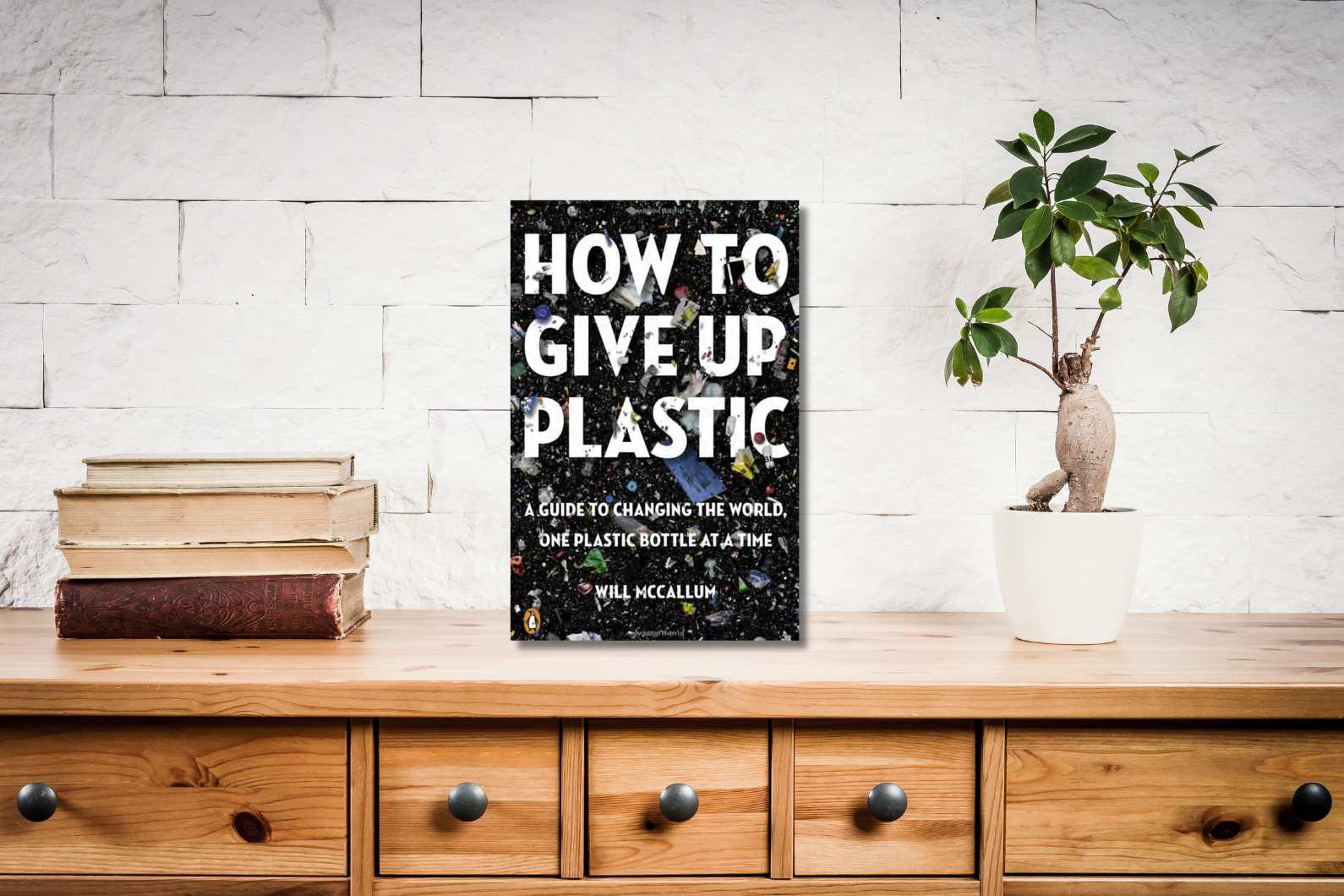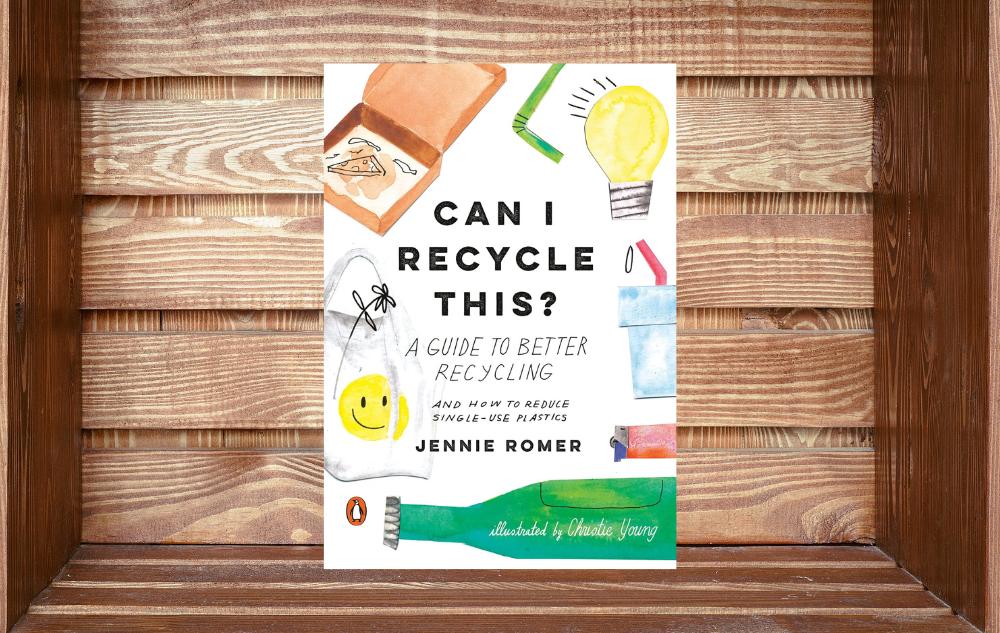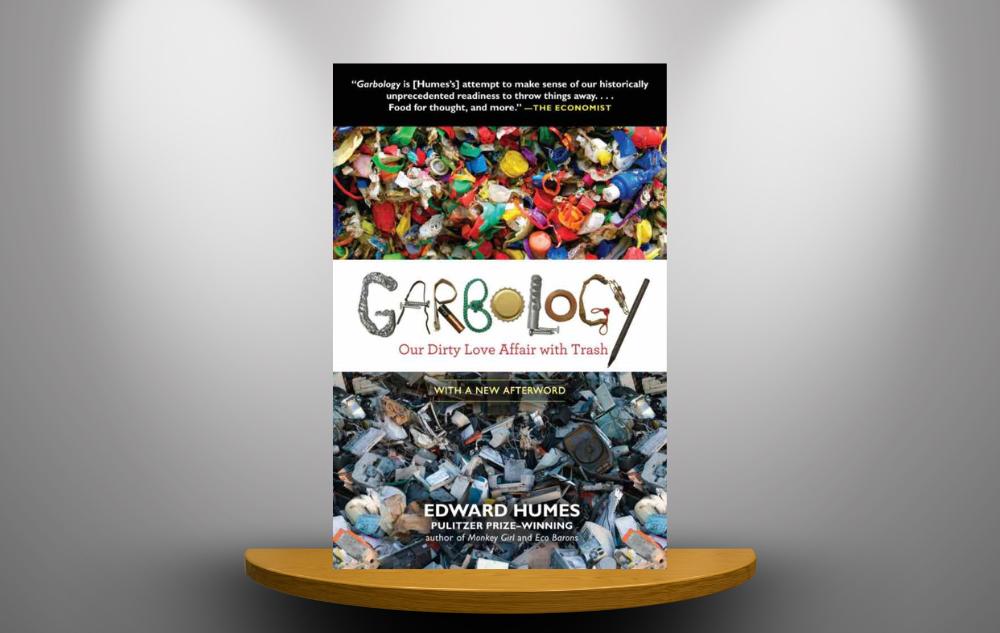From Asbestos to Plastic: History is Repeating Itself with a New Toxic Threat
The dangers of asbestos are well-known, having left a legacy of health issues and environmental damage. But is there another material silently wreaking havoc on a similar scale? Growing evidence suggests that plastic could be the “new asbestos” – a pervasive substance with far-reaching consequences for our planet and well-being.
The Unsettling Parallels: A Deeper Look
It’s not hard to find similarities between asbestos and plastic:
- Ubiquity: Like asbestos, plastic has infiltrated almost every aspect of our lives. Plastic’s presence is undeniable, from food packaging to clothing, electronics to building materials.
- Hidden Health Risks: While the exact health effects of plastic are still being studied, early research is raising concerns about hormone disruption, reproductive issues, and even potential links to cancer. Asbestos, of course, is infamous for causing serious respiratory diseases.
- Durability and Persistence: Both asbestos and plastic are incredibly durable. They don’t readily break down, leading to long-term accumulation in the environment.
- Environmental Contamination: Plastic pollution is now found everywhere, from the deepest ocean trenches to the peaks of Mt. Everest. Similarly, asbestos fibers can linger in soil and air, posing ongoing risks.
Like asbestos, plastic has become ubiquitous, infiltrating every facet of modern life. A 2017 study published in Science Advances, Production, use, and Fate of All Plastics Ever Made, estimated that a staggering 12,000 million metric tons of plastic waste will have accumulated in landfills or the natural environment by 2050.
This omnipresence, driven by plastic’s versatility and low production costs, mirrors the widespread use of asbestos in construction, insulation, and consumer goods throughout the 20th century.
Health Risks of Asbestos and Plastic
Both asbestos and components of plastic pose health risks to humans. Asbestos fibers, inhaled or ingested, can lodge in the lungs and other organs, causing debilitating diseases. The Agency for Toxic Substances and Diseases Registry notes the following risks asbestos can cause to our health:
- Asbestosis is scarring in the lungs caused by breathing asbestos fibers. Oxygen and carbon dioxide do not pass in and out of scarred lungs easily, so breathing becomes harder. Asbestosis usually occurs in people who have had very high exposures over a long time, but years may pass before any symptoms appear.
- Pleural disease is a non-cancerous lung condition that causes changes in the membrane surrounding the lungs and chest cavity (pleura). The membrane may become thicker throughout (diffuse pleural thickening) or in isolated areas (pleural plaques), or fluid may build up around the lungs (known as a pleural effusion). Not everyone with pleural changes will have problems breathing, but some may have less efficient lung function.
- Lung cancer is a malignant tumor that invades and blocks the lung’s air passages. Smoking tobacco combined with asbestos exposure greatly increases the chance of developing lung cancer.
- Mesothelioma is a rare cancer of the membrane that covers the lungs and chest cavity (pleura), the membrane lining the abdominal cavity (peritoneum), or membranes surrounding other internal organs. Signs of mesothelioma may not appear until 30 to 40 years after exposure to asbestos.
The health risks associated with plastic are a growing concern.
Research from the Endocrine Society and the IPEN (International Pollutants Elimination Network) indicates that chemicals used in plastic production, such as phthalates and bisphenols, can disrupt hormones, impair reproductive function, and potentially contribute to the development of certain cancers. While the full extent of plastic’s impact on human health is still under investigation, the similarities to asbestos, a known carcinogen, are deeply troubling.
The Plastic Pollution Pandemic: A Global Threat
Environmental contamination is another alarming parallel. Both materials share a troubling characteristic: persistence. Asbestos fibers, once released into the environment, can remain airborne for days and persist in soil and water for decades or even centuries. Similarly, plastic’s durability, while convenient for consumer products, becomes a curse when discarded.
Most plastics don’t biodegrade. Instead, they fragment into smaller and smaller pieces, creating microplastics that infiltrate ecosystems and find their way into the food chain.
The scope of plastic pollution surpasses even that of asbestos.
While asbestos exposure was largely confined to occupational and residential settings, plastic pollution affects ecosystems at every level.
Microplastics have been found in the Mariana Trench, the deepest part of the ocean, and on our planet’s highest peaks. A 2020 study, Microplastic Pollution in Deep-Sea Sediments From the Great Australian Bight, estimated that over 14 million tons of microplastics reside on the ocean floor alone.
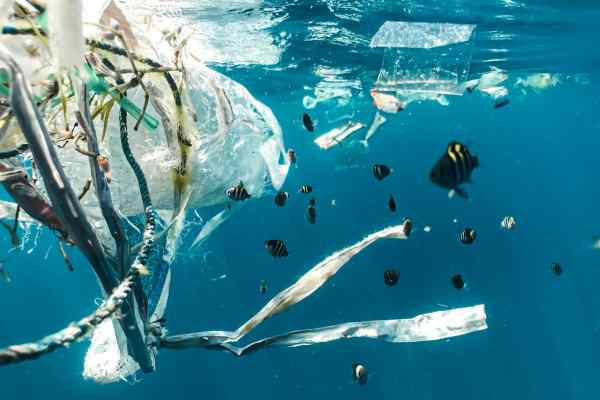
Seabirds and marine mammals ingest plastic debris, mistaking it for food. A 2015 study in the Proceedings of the National Academy of Sciences estimated that 90% of seabirds have ingested plastic. These animals suffer from malnutrition, intestinal blockages, and poisoning from the chemicals in plastics.
Ocean currents carry plastic waste into massive gyres, where it accumulates in vast garbage patches. The Great Pacific Garbage Patch, the world’s largest offshore plastic accumulation zone located between Hawaii and California, is a stark example of plastic’s devastating impact on marine habitats.
The consequences extend to land as well. Microplastics leach into soil and groundwater, potentially contaminating crops and drinking water sources. This wide-scale contamination impacts human health, soil, plant growth, and subsurface ecology, according to a 2022 study, Microplastics: A potential threat to groundwater resources.
Charting a Path Forward: Hope and Action
The plastic crisis is a formidable challenge, but not an insurmountable one. The first step is acknowledging the scale of the problem and recognizing the similarities to the asbestos disaster. We must adopt a precautionary approach, reducing our reliance on single-use plastics and advocating for stricter regulations on plastic production and disposal.
Supporting research into the health and environmental impacts of plastic is crucial. We need a deeper understanding of the risks to develop effective solutions. Embracing circular economy models, where plastic is reused and recycled rather than discarded, offers a promising pathway.
Ultimately, the fight against plastic pollution requires a collective effort. Consumers, industries, and governments must work together to reduce plastic waste, promote sustainable alternatives, and protect the health of our planet and future generations. The legacy of asbestos serves as a stark reminder of the consequences of inaction. Let us learn from the past and choose a different path for plastic.
Take a deeper dive with these recommended reads that consider our plastic problem and offer tips for more sustainable living:
How to Give Up Plastic by Will McCallum
This book has practical ways to eliminate plastic in your bathroom, closet, kitchen, and on the go. Eliminate plastic from your lifestyle. Read our review.
Can I Recycle This? by Jennie Romer
Romer shares her knowledge on recycling, waste processing, and plastic to help you reduce waste and recycle smarter. Read our review.
Garbology by Edward Humes
This book has practical ways to eliminate plastic in your bathroom, closet, kitchen, and on the go. Eliminate plastic from your lifestyle. Read our review.
50 Simple Things You Can Do to Save the Earth by John Javna, Sophie Javna, & Jesse Javna
It may seem like we are too small to make a difference, but we can each make simple changes that go a long way to help the environment. Read our review.

Written by Carley Kimball
Freelance Journalist and OPL Content Contributor
“I’ve always tried to implement planet-friendly practices in my life but didn’t quite realize just how much of an impact individuals can make until I was introduced to One Planet Life. I’m so excited to be able to utilize my professional skills to contribute valuable information and positive personal experiences to help make the world a better place.”

